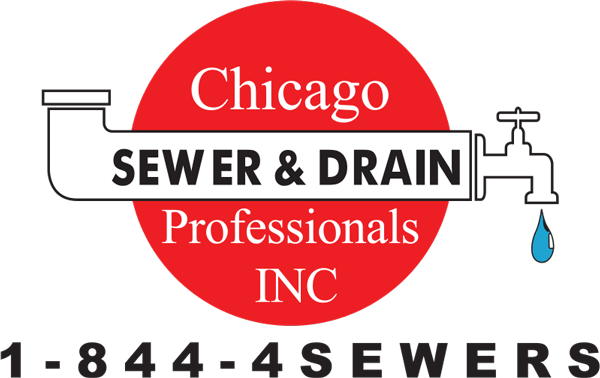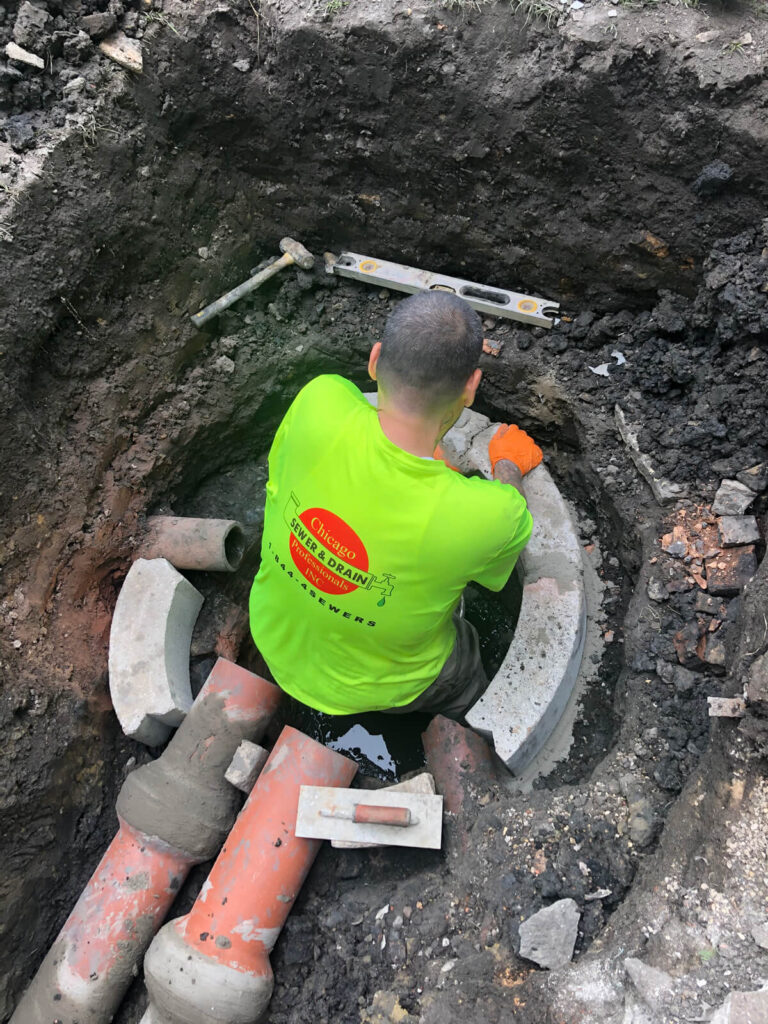Understanding Your Home Sewer System
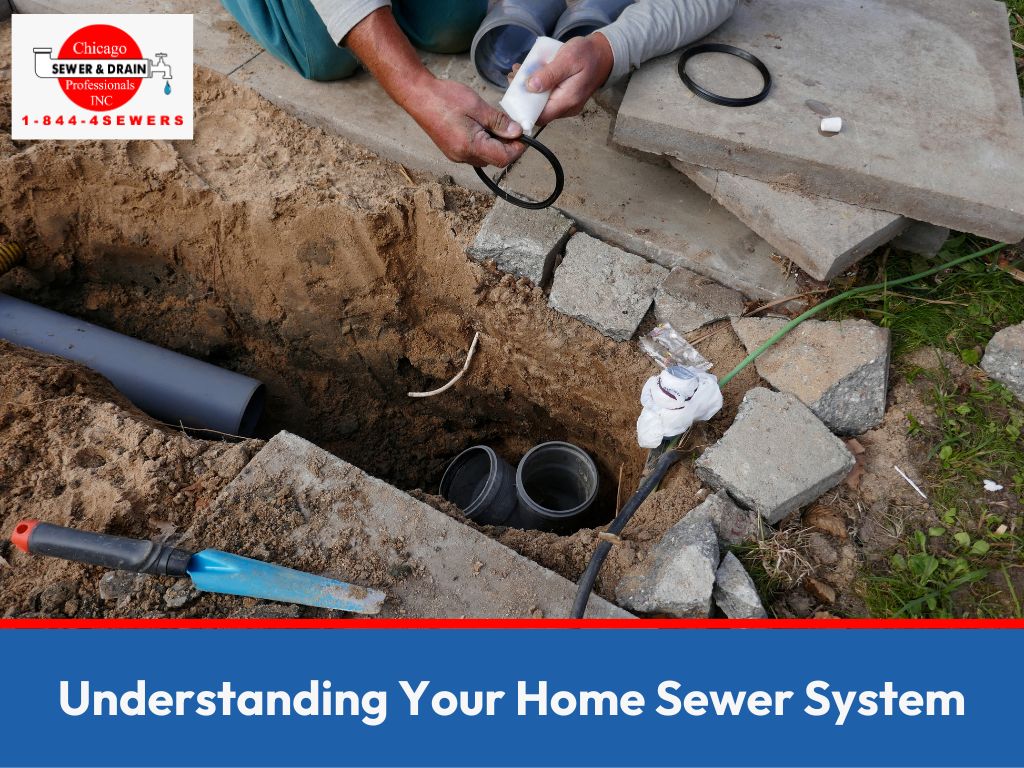
Your home’s sewer system may not be something you think about on a regular basis. After all, it’s mostly hidden underground and out of sight.
Yet, your everyday life would be significantly impacted without a properly functioning sewer system. Not only would you be unable to dispose of wastewater and sewage properly, but it could also lead to costly repairs and potential health hazards.
That’s why it’s important to have a basic understanding of your home sewer system. By knowing how it works and what signs to look out for, you can catch potential problems early on and prevent major issues down the line.
In this guide, we’ll break down the key components of a house sewer system, how it operates, and what to do if you encounter problems. We’ll also provide some tips for proper maintenance to keep your sewer system running smoothly. Let’s jump right in:
Components of a Home Sewer System
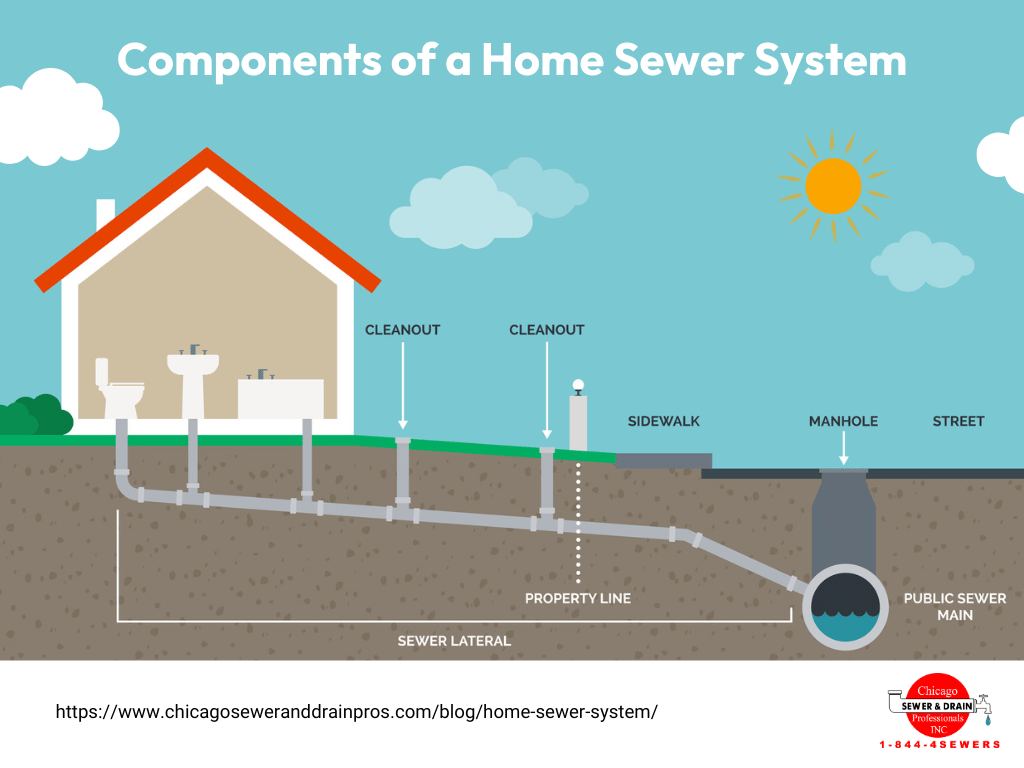
First, let’s take a look at the components that make up a house sewer system. Here are the main parts you should know about:
1. Drainpipe
Your wastewater begins its disposal journey by flowing through the drainpipe. This is the part of the system you see at the bottom of your shower or basin of your sink.
There is usually some sort of covering over the drainpipe to prevent large debris from entering and causing blockages. However, smaller particles like food scraps, hair, and grease can still make their way into the drainpipe and cause clogs.
Water from your tub, sink, toilet, or washing machine will descend through the drainpipe until it reaches a curve – which brings us to the next component of house sewer systems.
2. Traps
The trap is a curved section of pipe designed to hold a small amount of water to prevent sewer gases from entering your home. These gases can be harmful and produce foul odors, so the trap is essential to keeping them out.
However, the trap can also be a common place for clogs to form. If debris or buildup occurs in this section of the pipe, it can cause slow draining or even complete blockages.
3. Branch Drain Lines
Once the wastewater passes through the trap, it enters into branch drain lines. These sewer pipes slant downward to facilitate the continued flow of water all the way to the main sewer main.
Clogs are most likely to occur in branch drain lines due to the high volume of water and debris traveling through them. However, with the help of a professional plumber, they are usually an easy fix.
4. Soil Stacks and Ventilation
After the wastewater has made its way through the branch drain lines, it enters into a vertical pipe called the soil stack. The soil stacks (or main drain stacks) are responsible for carrying the wastewater from the main sewer line to the public sewer system.
The tops of these stacks are vented and go up through your home’s roof for proper ventilation. This allows the sewer gases to escape safely and also helps with the flow of water through the pipes.
5. The Clean-Out
The clean-out is an important component of the home sewer system. It allows easy access to the main drain line in case of clogs or blockages.
You can often find your clean-out on the exterior of the house, near where the sewer line exits the building. This access point is designed with a removable cap or plug so a plumber can easily insert tools and equipment to clear any obstructions.
6. Main Drain Line
Once wastewater leaves a branch drain line’s soil stack, it enters the main drain line. This pipe is typically larger in diameter than the other pipes in the system.
A clog in the main drain line can cause backups and blockages to several other homes on the same sewer line. So, if your water is slow to drain or is backing up into your home, it could be a sign of a clog in the main drain line.
7. Sewer Main
The sewer main is the final stage of the home sewer system. This is where all the waste from different homes and buildings in a neighborhood or community merges and is carried to a wastewater treatment plant.
Once the wastewater flows to the sewer main, it is considered to be the responsibility of the local government or municipality. They are responsible for maintaining and repairing this part of the system before it reaches the wastewater treatment facility.
Why Understanding Your Home Sewer System Is Important
Having a basic understanding of your home sewer system is important for several reasons, including:
- Being able to identify and address potential issues before they become major problems. Knowing the layout and components of your sewer system can help you identify warning signs such as slow-draining water or foul odors.
- Saving money on repairs and maintenance. By being aware of how your system works and taking preventative measures, you can avoid costly emergency plumbing services.
- Ensuring the safety and comfort of your household. A properly functioning sewer system is crucial for maintaining a healthy and hygienic living environment. Understanding your system can help you take proactive steps to avoid any potential health hazards.
- Better Communication with Plumbers. When you encounter an issue with your sewer system, it’s helpful to describe the problem to a plumber accurately. Understanding the terminology and components of your home sewer system can help you communicate effectively with a professional.
Overall, understanding the layout and components of your sewer system is vital for maintaining a safe and functional living space.
Common Problems with Home Sewer Systems
Now, let’s take a closer look at some common problems that can occur with sewer systems. These issues can range from minor inconveniences to major health hazards and costly repairs:
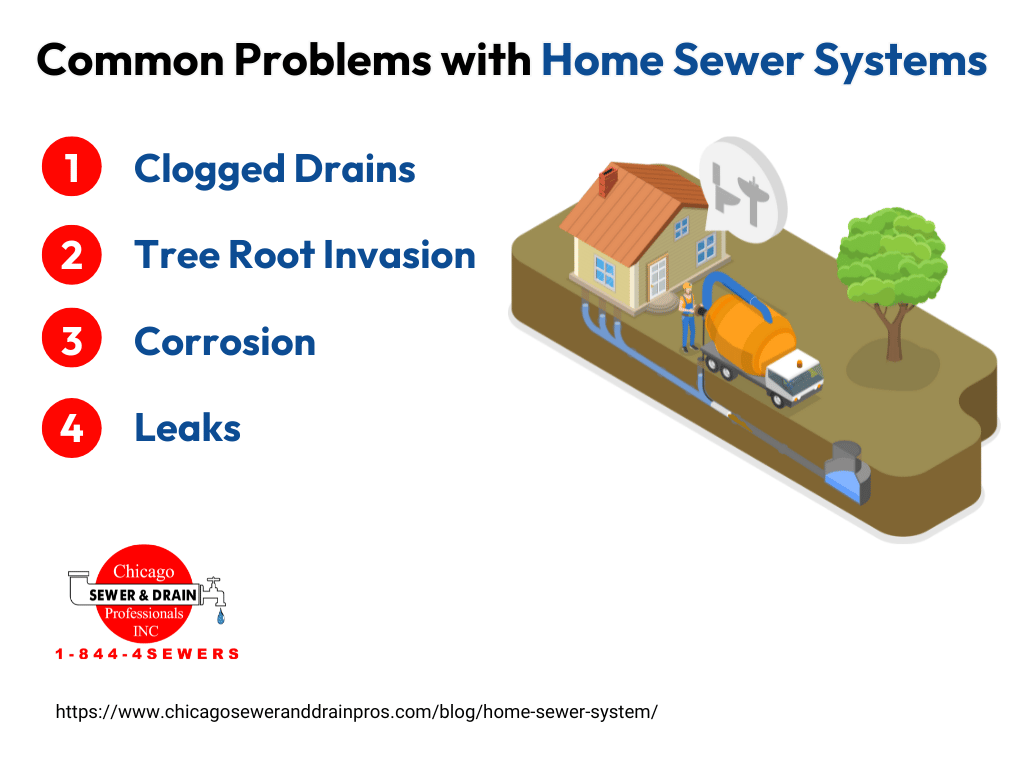
Clogged Drains
One of the most common issues with home sewer systems is a clog in the drain pipes (the pipes directly connected to your sinks, toilets, and showers). Clogs can occur due to a variety of factors, such as the build-up of grease, hair, food particles, or foreign objects.
If left untreated, these clogs can lead to a slow draining or completely blocked drain pipe, which can cause backup and overflow. This can result in unpleasant odors, water damage to your home, and potential health hazards from sewage exposure. Regular maintenance of your house drain system and proper waste disposal can help prevent clogs.
Tree Root Invasion
Another common issue with home sewer systems is tree root invasion. As trees grow, their roots can extend and infiltrate underground pipes, causing damage and blockage. This is especially common in older homes with clay sewer lines, as they are more porous and vulnerable to root intrusion.
If you notice slow drains or gurgling sounds coming from your toilet, it may be a sign of tree root invasion. In severe cases, the roots can cause cracks or breaks in the pipes, leading to leaks and potential sewage backups. It’s essential to address this issue promptly by hiring a professional to clear out the roots and potentially replace damaged pipes.
Corrosion
Corrosion is another potential issue with a sanitary sewer system, especially in older homes. Over time, constant exposure to water and sewage can cause these pipes to rust and deteriorate. This can result in leaks, cracks, or complete pipe failure.
Aside from age, other factors that can contribute to corrosion include harsh chemical drain cleaners, hard water, and improper installation. If you suspect corrosion is an issue, it’s best to consult a professional plumber for an inspection and potential replacement of corroded pipes.
Leaks
Leaks are a common problem in any type of plumbing system, and sewer lines are no exception. Whether it’s due to tree root intrusion, corrosion, or other factors, leaks can cause significant environmental and health hazards.
A professional plumber can use specialized equipment, such as video inspections, to pinpoint the exact location of the leak and determine the best course of action.
Tips for Maintaining a Healthy Home Sewer System
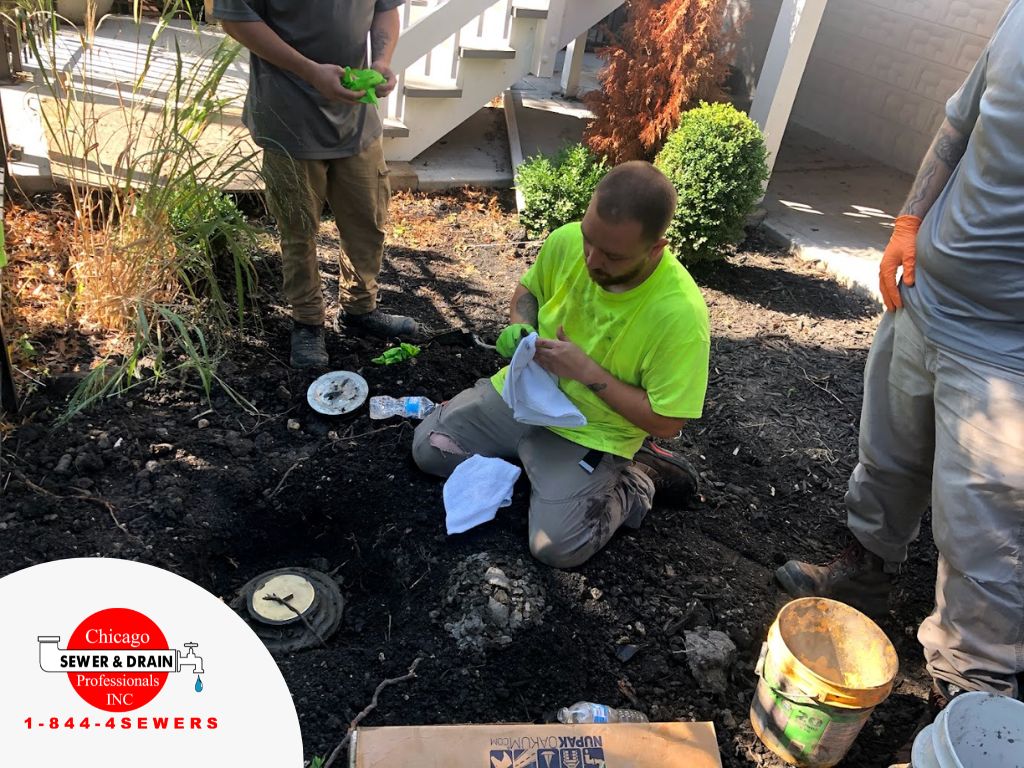
To avoid potential issues with your home’s sewer system, follow these tips for regular maintenance:
- Be mindful of what you flush down the toilet – only human waste and toilet paper should be flushed.
- Avoid pouring grease or oil down drains, as it can solidify and cause blockages.
- Use a hair catcher in bathtub and shower drains to prevent hair buildup.
- Regularly inspect plumbing fixtures for any signs of leaks or water damage, such as stains or moisture.
- Schedule regular professional maintenance for your sewer system. This may include inspections, cleanings, and repairs as needed.
Additionally, if an issue arises with your sewer system, it’s best to address it promptly before it becomes a larger and more costly problem.
Conclusion
As you can see, maintaining a healthy home sewer system is crucial. By understanding the components of your sewer system, being aware of potential issues, and following regular maintenance tips, you can ensure the proper functioning and longevity of your home’s plumbing.
If you do encounter any issues with your sewer system, the team at Chicago Sewer & Drain Pros is here to help. Our experienced plumbers can provide professional and efficient services to address any problems and keep your home’s sewer system running smoothly.
Don’t wait until a small issue becomes a major problem – contact us today!
